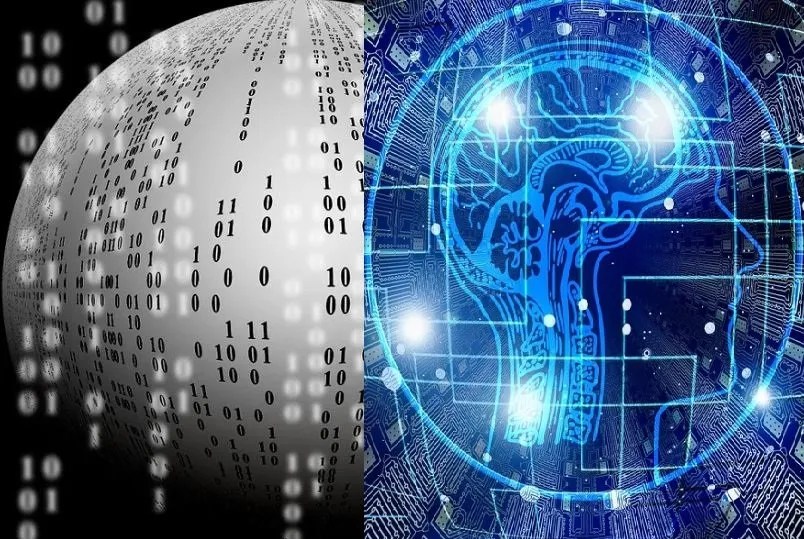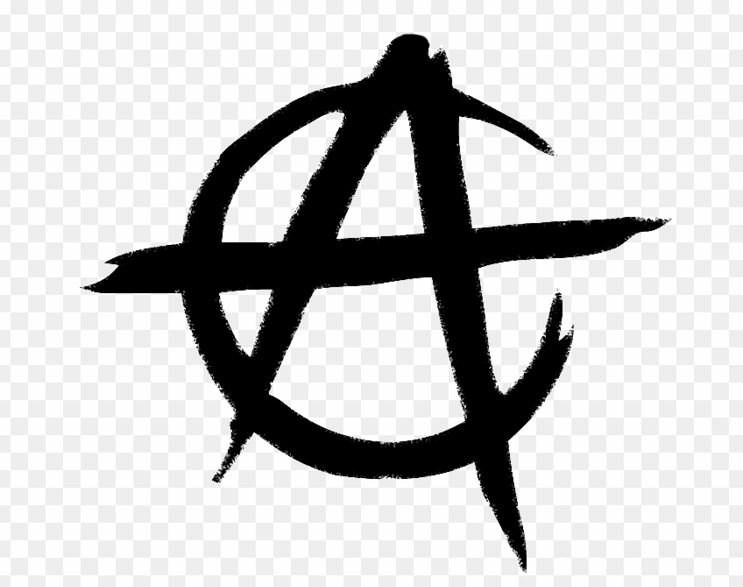
Although the terms “data” and “information” are sometimes used altering, they are not the same. These components and their functions differ slightly. Individual facts are characterized as data, while information is the organizing and understanding of those facts.
Finally, you can combine the two components to detect and solve problems. The rest of this article takes an in-depth look at the meaning of data and information, the difference between the two as well as examples of data and information.
What Exactly Is Data?
Data is defined as a collection of precise facts or statistics. Text, observations, figures, photos, numbers, graphs, or symbols are all examples of data. Individual prices, weights, addresses, ages, names, temperatures, dates, or lengths are examples of data.
Data is a raw kind of knowledge that has no meaning or function on its own. In other words, data must be interpreted in order to have significance. Data can be simple or even ineffective until it is examined, organized, and evaluated.
There are two categories of data:
- Quantitative data are presented in numerical forms, such as an item’s weight, volume, or cost.
- Qualitative data is descriptive but not quantifiable, such as a person’s name, gender, or eye color.
What Exactly Is Information?
Knowledge gained by study, communication, research, or education is defined as information. Essentially, information is the product of data analysis and interpretation. Whereas data refers to specific statistics, numbers, or graphs, information refers to how those pieces of knowledge are perceived.
Temperature readings in a location over multiple years, for example, could be included in a set of data. Those temps have no value in isolation. However, by analyzing and organizing that data, you may be able to discover seasonal temperature patterns or even larger climate trends. Only when the data is collected and compiled in a useful manner can it provide useful information to others.
Information has four primary applications, which are as follows:
1. Organization
A company’s resources must be known in order to plan effectively. People, Properties, Clients, Customers, Dealers, Machinery Types, Accounts, and so forth.
With all of the foregoing information, it is easy for the company to look into the market and design plans to outperform the competitors’ actions. At the planning stage, information is the most important factor in making business-level decisions.
2. Documentation
A business must keep track of every transaction and event. It is necessary to record information such as expenses and revenue in accordance with the legislation in order to manage taxes. A firm also keeps a record of marketing and product sales/purchases in order to track customer behavior about product purchases.
In other words, schools and universities maintain track of the number of students admitted each year and the number of students who graduate each year in order to make future judgments.
3. Evaluation
You can use information for research purposes and evaluation. The evaluation involves, among other things making meaning out of data on sales, costs, and profits. The end product of these data evaluations for the purpose of generating information provides a general estimate of the organization’s overall profit or loss. Based on this, companies may make the best options for cost and profit optimization.
4. Command and control
When a company has all of its record data and overall analysis, it will be easier to control and improve its resources.
As a result, the information generated from data and overall analysis assists in determining if things are doing better or worse than expected.
As a result, the company may control its spending and manage its resources to achieve its goals.
There are three (3) sorts of information used for decision-making purposes:
1. Strategic information
This information aids in the development of an organization’s objectives. It also aids in determining whether or not the objectives have been met.
2. Tactical information
This information determines how to use resources to maximize productivity.
3. Operational information:
Ensures that tasks and activities are carried out in accordance with the strategy. This involves ensuring that chores are completed on schedule and that everything is running smoothly.
Examples of Data and Information
Consider the following examples of ways to turn data into insights to better examine the differences between data and information:
- A single customer’s bill amount is data at a restaurant. When restaurant operators gather and analyze various bills over time, they can generate useful information such as which menu items are most popular and whether the pricing is sufficient to cover suppliers, overhead, and labor.
- A consumer’s reaction to an individual customer service survey is an example of simple data. However, by compiling one customer’s responses over time and, on a larger scale, several customers’ responses over time you can gain insights into areas for development within your customer support team.
- A single piece of data is the number of likes on a social media post. When paired with other social media engagement information, such as followers, comments, and shares, a firm can deduce which social media sites perform best and which platforms should be prioritized in order to engage their audience more successfully.
- Inventory levels are data on their own. Companies, on the other hand, can discover supply chain bottlenecks and improve system performance by analyzing and interpreting that data over time.
- Prices of competitors are individual data components, but analyzing that data can disclose where competitors have an advantage, where gaps in the market may exist, and how a company might rise above its competitors.
- Data is the history of temperature readings around the world during the last 100 years. If this data is structured and evaluated to reveal that global temperatures are rising, this is information.
- An example of data is the number of visitors to a website by nation. Knowing that traffic from the United States is increasing while traffic from Australia is declining is useful information.
- Data is frequently necessary to support a claim or conclusion (information) derived or concluded from it. Before a drug is approved by the FDA, for example, the company must conduct clinical trials and produce a large amount of data to demonstrate that the drug is safe.
Difference between Data and Information
1. Importance
The importance is the first major distinction between data and information. Information is important. However, the data is insignificant.
It signifies that standalone data is useless. There is no meaning to be gleaned from raw data, and it cannot be used in any way.
Information, on the other hand, is significant because it has context and provides meaning. The information allows you to take action on its behalf.
An organization or corporate entity can make a choice using meaningful data, often known as information.
For example, the costs and sales statistics of a product on an E-commerce website are insignificant when displayed in raw tabular form. However, when this data is given in the context of the target consumer and the customer’s behavior of purchasing or not purchasing the goods. Then these statistics become important since a decision can be made based on this information.
2. Representation
Data can be visualized in structured formats such as tabular data, data trees, data graphs, and so on.
A table with different rows and columns is used in tabular format, and each column or row represents a data element.
A hierarchical tree structure with a root node and a number of child nodes is stimulated by the data tree format.
Now for the important stuff. Language, concepts, and beliefs based on data are viewed as information.
3. Form
The information is in its raw form. The data is primarily in the form of numbers, letters, or a group of characters. It may also contain symbols, images, or audio data. This raw data is dispersed and not aligned with any context.
In contrast, information takes the shape of ideas and judgments or conclusions based on evidence. The raw data is processed and structured in whichever context is appropriate, and only the relevant data is retained, while the remainder is destroyed.
Consider the following number: 11041991. This figure is a data entity that has no meaning. We need to maintain this data in context in order to translate it into information. Let’s think of a context like a birthdate. In that case, the number can mean 11/04/1991 which also translates to April 11, 1991. The number can also be interpreted as an account number or a phone number.
4. Dependability
When it comes to dependability, the information clearly comes out on top. The material is trustworthy since it conveys some meaning and is properly organized and dedicated to a single context. Data, on the other hand, is unprocessed and can be presented in any context. Furthermore, the output or interpretation of the data changes with each context and structure. As a result, the data is untrustworthy when compared to information.
Consider the number 02011994 in the above example. When written in the form of date of birth, such as 02/01/1994, it conveys a plain message. There is an obvious context here.
However, if we only consider the number, it may be converted into any form and yield a variety of meaning that is subjective and contextual.
5. Dependence
The data is independent in terms of dependency. As you are aware, the data is raw and might contain anything. As a result, the data is not affected by any condition or event. It is self-contained.
However, the information is entirely dependent on the data. You can’t process information unless you have data. Data is the most fundamental building block of information. There will be no information if there is no data.
6. Output and Input
This is the simplest way to tell them apart. Data is something you provide as an input for processing. The information is what you obtain as output after processing.
Take, for example, a collage maker program. As input to the application, you provide several images that you want to arrange in the collage. Following the submission of the photographs, they are processed and aligned in accordance with the theme chosen. The application eventually produces a single collage image as its output.
7. Making a Decision
You can’t make a decision based on facts, but you may make one based on information.
The first step in making a decision in a scenario is to correctly comprehend and understand the factors and circumstances. This is only feasible if you have the necessary information.
Information is critical in the decision-making process. A person’s actions are determined by the information that they have.
However, because data is raw and meaningless, it is useless in decision-making. Raw data and figures cannot be used to make a choice. And if you do, there is a high likelihood that the choice would be wrong.
8. Observations based
Observations and records are used to generate data. Data comes from statistics and tables of collections of figures.
Data is the source of information. Furthermore, the information is depending on the context of the data alignment.
9. Analysis
The information is never analyzed in its raw form. When data is analyzed, it becomes information at the same time. It implies that information is always analyzed, while data is never analyzed. Data is transformed into information after it has been evaluated.
10. Usefulness
The final point of distinction is one of utility. Both data and information are useful in their own right, as the data serves as the foundation for the creation of information. There is no information without data.
However, when viewed through the lens of a corporation, the data is less meaningful. This is because data requires a significant amount of processing in order to be useful or understandable. On the other hand, information is always important since it offers context for future decisions. As a result, information is always far more beneficial than data.
Data can be thought of as having a low level of knowledge. There are some dispersed, uncategorized, disorganized entities in here that don’t actually imply anything. Whereas information is the second level of knowledge, where you wire up the facts and give it context. As a result, the data becomes meaningful.
Most individuals are aware of data and information, but there is considerable confusion regarding what the distinction between data and information is. In this article, we present a clear definition of data and information and also learn the crucial distinction between the two.




